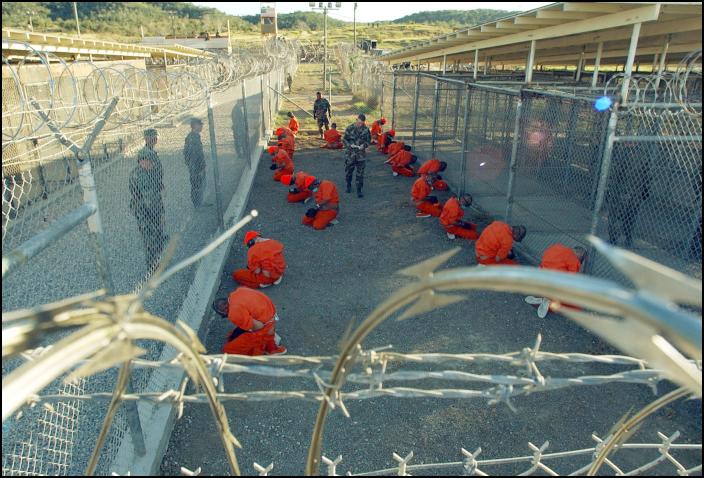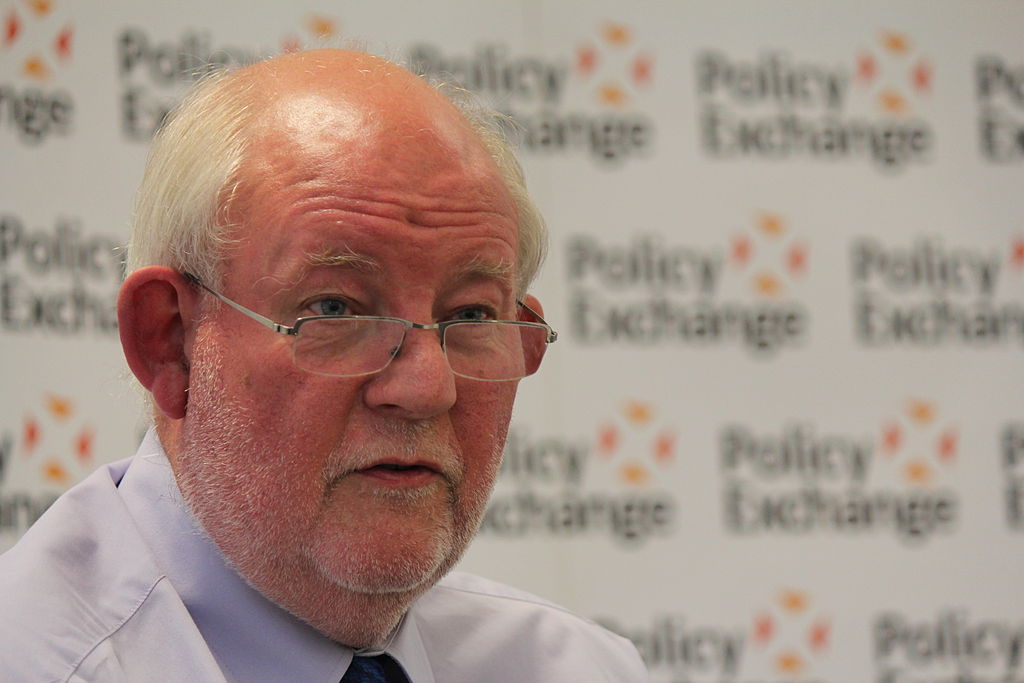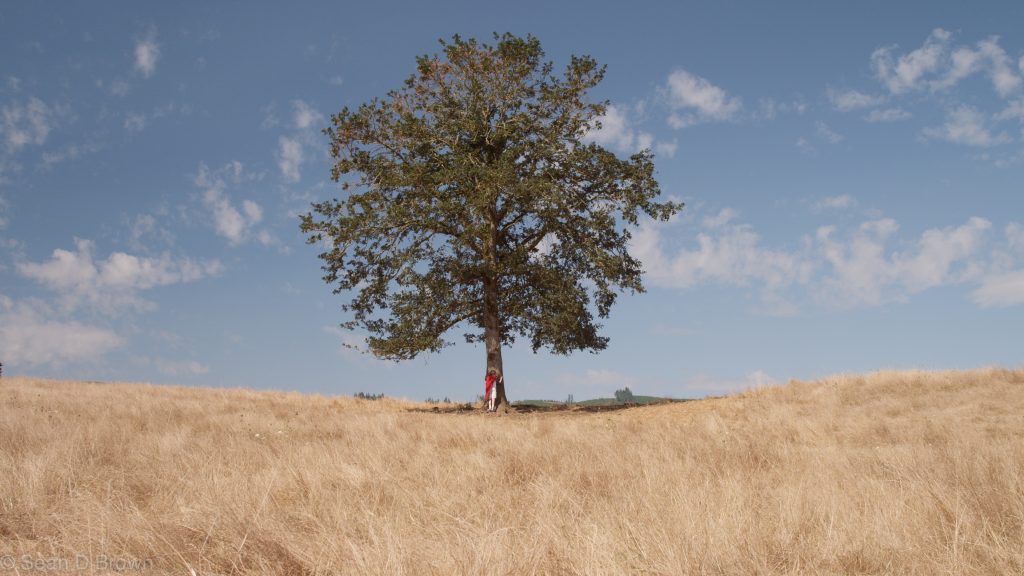Torture is wrong, we all know that. But so too is its lesser known sibling – evidence obtained by torture. In this opinion article, Corallina Lopez-Curzi takes us through why this practice cannot be relied on in court and how we are ultimately responsible for making sure this does not happen in the UK.
One thing is for sure: torture is unmistakably and absolutely prohibited. Its ban is unanimously considered one of the key features of all international human rights systems.
Despite apparent universal agreement on the point though, torture is still widely practised worldwide. In bad times, countries may try to justify torture as a means of obtaining information from their suspected attackers. After the September 11 attacks, for example, the US government allowed waterboarding and mock execution by asphyxiation on terrorism suspects in US custody, under the guise of authorised “enhanced interrogation techniques“.

But. Torture itself is not the only thing that should not be tolerated in our society. There is an equally heinous practice that the British government tried as recently as 2005 to allow in Britain. That is the admission of evidence in court, which is known or suspected to be obtained by torture. Since it was only government policy that prevented the admission of such evidence in court, the Home Secretary argued that this should be declared legal where the torture had not been carried out or facilitated by the British government.
The Home Secretary’s idea was passionately rejected by all seven judges of the House of Lords (now the Supreme Court). They firmly ruled out British courts’ ever being able to use torture evidence, which they said was:
unreliable, unfair, offensive to ordinary standards of humanity and decency and incompatible with the principles which should animate a tribunal seeking to administer justice
 Charles Clarke, the (then) Home Secretary bringing the case
Charles Clarke, the (then) Home Secretary bringing the case
On this basis, the use of evidence obtained by torture must be whole-heartedly rejected, whether in relation to evidence directly acquired by the country involved, or evidence of trans-national provenance. To rely on torture evidence is to endorse the practice of torture and to weaken the absolute global ban on torture.
This global ban finds expression in Article 15 of the UN Convention Against Torture (which the UK signed up to in 1988), which states:
Each State Party shall ensure that any statement which is established to have been made as a result of torture shall not be invoked as evidence in any proceedings, except against a person accused of torture as evidence that the statement was made.
But just to make the message a little clearer…
Three clear-cut reasons why the use of torture evidence should never be allowed
1) “I will say anything to make the torture stop”

First things first, torture is not an effective and reliable way of extracting information. People being tortured will say pretty much anything just to have the torture stopped. The unreliability of torture evidence was one motivation for the abolition of the practice in the late 18th century. Scientists, the army and the secret services have all recognised that torturing people is not an effective way of obtaining information.
2) It validates the practice of torture

By admitting “confessions” extracted through torture in the courts of law we would open the door to a justification – and thus facilitate a spread – of the abhorrent practice.
3) It is a matter of principle

We should not demonstrate any tolerance for any violations of this fundamental human right. There is a reason why evidence obtained by torture is known as “fruits of the poisonous tree“. The idea behind this metaphor being that if the source (“tree”) of the evidence is tainted, then so too is the fruit (“evidence”) it produces. At the end of the day, it’s a matter of principle. Because there are some lines that must not be crossed.
And it’s not just government’s job to stop this practise. As Lord Hope, one of the UK’s highest judges, recognised in the 2005 case (A & Others) mentioned above:
The lesson of history is that, when the law is not there to keep watch over it, the practice is always at risk of being resorted to in one form or another by the executive branch of government.
So it’s up to us to make sure we never let evidence obtained by torture enter our courts.
If you’re interested in finding out more about what the UK can do to improve its record on torture, check out the questions it has to answer from the Committee Against Torture, a United Nations body tasked with ensuring compliance with the Convention Against Torture.
- Check out our poster on the right not to be tortured
- And our Explainer on why the right not to be tortured matters







